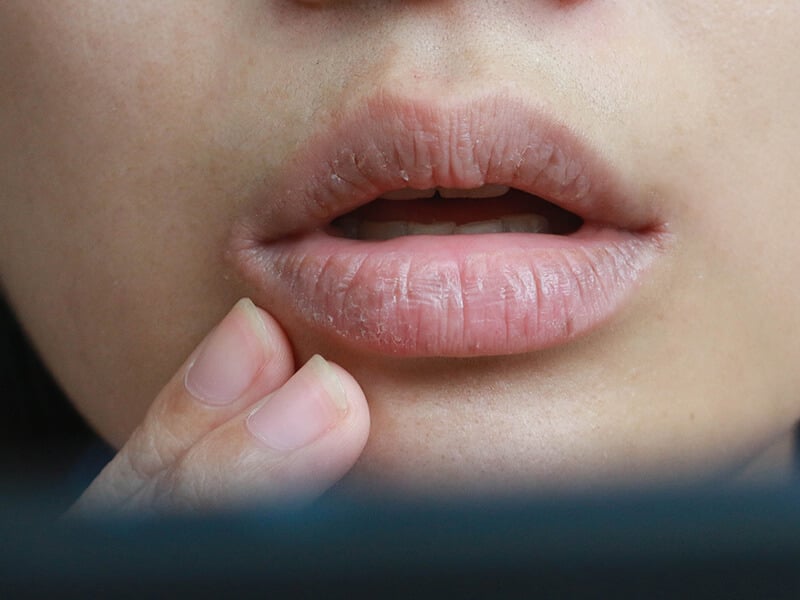
Good oral hygiene is not just about brushing. Flossing plays an equally important role in maintaining a healthy mouth. It helps clean the areas that a toothbrush can’t reach, preventing plaque build-up, gum disease, and tooth decay. So, why do you need to floss and what’s the best way to do it? Let’s dive in and explore.
Why Flossing is Importance?
Flossing is a method of cleaning between your teeth where a toothbrush can’t reach. Here are the key reasons why it’s so important:
1. Removes Plaque:
Flossing helps to remove plaque and food particles from between your teeth and along the gum line, areas that brushing alone can’t reach.
2. Prevents Gum Disease:
If left unchecked, plaque can harden into tartar, which contributes to gum disease, also known as periodontal disease.
3. Prevents Tooth Decay:
By removing plaque, flossing also helps to prevent tooth decay between your teeth.
4. Reduces Bad Breath:
Flossing can also help to reduce bad breath by removing food particles and bacteria that can cause odours.
The Best Way to Floss Your Teeth
The Australian Dental Association recommends flossing your teeth at least once a day. Here are the steps to ensure you’re flossing effectively:
1. Preparation:
Start with about 45 cm of dental floss. Wind most of the floss around each middle finger, leaving about 2-3 cm of floss to work with.
2. Flossing:
Hold the floss taut between your thumbs and index fingers. Slide it gently up-and-down between your teeth.
3. Gum Line:
Curve the floss around the base of each tooth, making sure you go beneath the gum line. Never snap or force the floss, as this could cut or bruise delicate gum tissue.
4. New Section:
Use clean sections of floss as you move from tooth to tooth.
5. Upper Teeth:
To floss the upper teeth, guide the floss into place using your thumbs.
6. Lower Teeth:
To floss the lower teeth, guide the floss using the index fingers of both hands. Remember, it’s normal to feel a little discomfort when you first start, but don’t let that discourage you. Your gums will adapt as you make flossing a regular part of your oral care routine.
Types of Floss
There are several types of dental floss to choose from, and the best type for you depends on the space between your teeth and your personal preference. The main types are:
1. String Floss:
This is the most common type. It’s thin and can slide between most teeth.
2. Dental Tape:
This is broader and flatter than standard floss and can be more effective for people with larger gaps between their teeth.
3. Floss Picks:
These are small plastic tools with a piece of floss at the end. They can be easier to handle than traditional floss, but they might not be as effective at cleaning all areas because the floss can’t be curved into a ‘C’ shape as recommended.
4. Interdental Brushes:
These are small brushes that can be used to clean between your teeth. They can be a good option for people with wider gaps between their teeth or those with braces.
5. Water Flossers:
These devices use a pressurised stream of water to clean between your teeth. They can be especially useful for people with braces or other dental appliances.
In Conclusion
Flossing is an essential part of good oral hygiene and contributes significantly to the health of your teeth and gums. By removing plaque and food particles from areas that brushing alone can’t reach, flossing helps prevent gum disease, tooth decay, and bad breath.
As with any habit, the key to flossing is consistency. Aim to floss at least once a day, and ensure you’re using the correct technique to get the most out of this important oral hygiene practice. If you have any questions or difficulties with flossing, don’t hesitate to ask your dentist or dental hygienist for advice during your next visit.
It’s also important to remember that while flossing is a vital part of oral health, it doesn’t replace the need for regular brushing and dental check-ups. Together, these three elements of oral care form the foundation of good oral health.
So, don’t wait! If flossing isn’t already part of your daily routine, there’s no better time to start than now. Your teeth and gums will thank you!
Source: Australian Dental Association
Latest Posts
What are the best dental care tips for seniors?
Dental care for seniors is crucial for their overall health and well-being. As we get older, our teeth and gums might…
How can you prepare for dental surgery?
Preparing for dental surgery is a key step to making sure you’re ready for the procedure and can recover smoothly afterward.…
What are the signs of TMJ disorders?
Recognizing the signs of TMJ disorder early on is crucial for getting the right help and feeling better sooner. This condition…
How can hormonal changes affect oral health?
Hormones and oral health are closely connected, and it’s something everyone should know about. Hormones are like tiny messengers in your…
What are the effects of dry mouth on dental health?
The effects of dry mouth on your dental health are important to understand. Saliva keeps your mouth clean by washing away…





